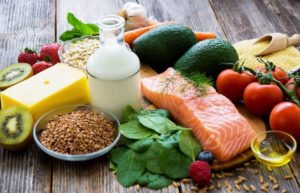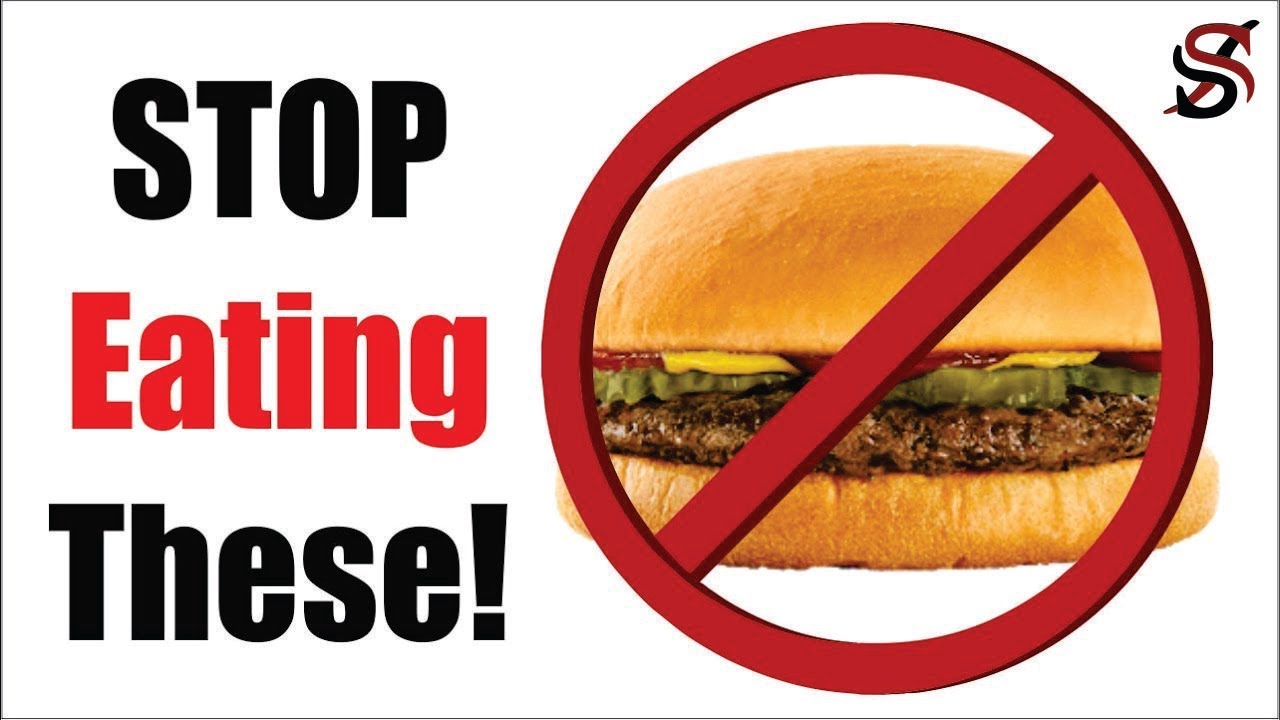
While outbreaks of foodborne illness are almost always preventable, there are some ways you can minimize the risk. Hand hygiene can be reduced by washing your hands well before handling any food. This will keep pathogens from spreading and contaminating other foods. For 20 seconds, wash your hands with soap and water. You should always check that the food you eat at restaurants is fully cooked. You can throw away uncooked food that isn't safe to eat.
In addition to following proper hygiene, you should also be aware of the food you're eating. Food poisoning can be caused by eating raw meat, poultry, eggs and shellfish. Avoiding these foods can help you avoid food poisoning. Wash fruits and vegetables thoroughly before you use them. Depending on your state's regulations, you may be eligible to receive a free virtual doctor appointment within 15 minutes of having your meal.
In addition to washing your hands thoroughly, be aware of the temperature of the food you're eating. Harmful bacteria and toxic substances can be found in raw meat, poultry, and fish. For harmful pathogens to be eliminated, make sure your dishes are cooked thoroughly. Ask for a different plate if you are unsure. Be sure to thoroughly wash your hands before you begin cooking the food in a restaurant. Refrigerate perishable items immediately. If you aren't sure what symptoms to expect visit your urgent care or emergency room.

Keep your hands clean and don't touch food. A lot of bacteria and viruses can be introduced into food by the process of manufacturing it. These bacteria can be found in the farms and kitchens that produce the food. Handling food can also spread germs. Even the best food can become contaminated. This is why it is so important to be aware of these issues and follow proper hygiene practices. This will help to prevent food poisoning.
The symptoms of food poisoning vary from mild to severe. Some symptoms may appear right away, while others may take up to several hours. It's also vital to wash your hands after handling raw meat. Avoid putting raw meat on countertops or in sinks. This increases the chance of food poisoning and the possibility of getting the bacteria. You are still at high risk of contracting the bacteria if you already eat the food.
Hand washing is the best method to prevent food poisoning. It is important to wash your hands properly and avoid eating raw meats and dairy products. It's also important to avoid touching foods that have been cooked for a long time. You should wash your hands after handling meat. Bacteria can live longer in your hands so be sure to wash them before touching the food.
Refrigerated and frozen food should never be served. Unwashed fruits and vegetables should never be eaten. Cooking requires that you wash all fruits and vegetables. These foods can contain bacteria. Before you cook them, wash them. A paper towel or a cloth is the best way to prepare them. A kitchenmat is a great place for food storage.

Eat out often to reduce your risk of food poisoning. You should choose a reliable restaurant to order a quality steak. Make sure you don't make the food yourself. It's impossible to be sure that your food will be safe. Check for signs bacterial contamination and ensure the food has been properly cooked.
Food poisoning symptoms include nausea, vomiting, and cramping. These symptoms may occur several hours after eating but usually disappear on their own. If you have just returned from a recent trip, ensure that you take your food with you in a cooler or an insulated plastic bag. If you are traveling by car, ensure that your vehicle is air-conditioned. Water is a good option if you are on a tight budget. It will keep your body hydrated and help prevent salmonella.
FAQ
How can I get enough vitamins?
The majority of your daily needs can be met through diet alone. Supplements are an option if you are low in any vitamin. You can take a multivitamin supplement that contains all the vitamins you need. You can also buy individual vitamins in your local drugstore.
Talk to your doctor if there are any concerns about getting enough nutrients. You can find vitamins K and E in dark green leafy vegetable such as spinach, kale and turnip leaves, as well a variety of sweet potatoes and sweet potatoes.
Ask your doctor for advice if you are unsure how much vitamin to take. He or she will recommend the appropriate dosage based on your medical history and current health status.
What is the best way to eat?
Your age, gender, body type, and lifestyle choices will all impact the best diet. You also need to consider how much energy you expend during exercise, whether you prefer low-calorie foods, and if you enjoy eating fruits and vegetables.
If you are trying to lose weight, then you may want to try intermittent fasting. Intermittent Fasting means that you eat only specific meals throughout your day and not three large meals. This method may work better than traditional diets which include daily calorie counts.
Some studies suggest that intermittent fasting may improve insulin sensitivity and reduce inflammation, which can lead to improved blood sugar levels and reduced risk of diabetes. Intermittent fasting has been shown to promote fat loss as well as improve overall body composition.
What is the problem with BMI?
BMI stands For Body Mass Index. This refers to the measurement of body fat using height and weight. The following formula can be used to calculate BMI.
Weight in kilograms divided with height in meters.
The score is expressed as a number between 0 and 25. A score of 18.5+ indicates that you are overweight. A score higher than 23 indicates that you are obese.
A person of 100 kg with a height of 1.75m will have 22 BMI.
How does weight change with age?
How can you find out if your weight has changed?
When there is more muscle mass than fat, weight loss can occur. This means that daily calories should be less than daily energy. A decreased level of activity is the main cause of weight loss. Other causes include illness, stress, pregnancy, hormonal imbalances, certain medications, and poor eating habits. When there is more fat than muscles, it's called weight gain. It occurs when people consume more calories per day than they need. The most common causes are overeating, increased activity, hormonal changes, and excessive calories.
Our bodies lose weight because we eat fewer calories than we burn. By exercising regularly, our metabolism rates increase which in turn burns more calories during the day. This does not necessarily mean that we will get thinner. What is more important is whether or not our body is losing or gaining weight. If we're burning more calories than we're consuming then we're going to lose weight. However, if we consume more calories than we burn, we end up storing them as extra fat.
As we age, our ability to move around is slower and we are less mobile. We also tend to eat less food than we did when we were younger. As a result, we gain weight. On the flip side, we tend to have more muscle mass so we look bigger than we really are.
It's not possible to measure how much weight your body has lost without weighing yourself every week. There are many options for measuring your weight. There are many ways to measure your weight. You can check your waist, hips, thighs, arms and legs. Some prefer to use the bathroom scales, others prefer to use tape measures.
To track your progress, weigh yourself once a week. Measure your waistline once per month. You can also take pictures of yourself every few months to see how far you've come.
Online, you can find out your height and weight. If you are 5'10" tall, and you weigh 180 lbs, then you would probably weigh 180 lbs.
How can I control my blood pressure?
First, you must determine what is causing high blood pressure. You must then take steps towards reducing the problem. This could mean eating less salt, losing some weight, taking medication, and so on.
It is important to ensure that you get enough exercise. If you don't have time for regular exercise, then try walking as often as possible.
If you're unhappy with the amount of exercise you do, you might consider joining a fitness club. A gym that has other members who are motivated by your goals will be a good choice. It is easier to adhere to a fitness routine when someone else will be there with you.
What are the 10 best foods to eat?
These are the 10 best foods to try:
-
Avocados
-
Berries
-
Broccoli
-
Cauliflower
-
Eggs
-
Fish
-
Grains
-
Nuts
-
Oats
-
Salmon
Statistics
- According to the Physical Activity Guidelines for Americans, we should strive for at least 150 minutes of moderate intensity activity each week (54Trusted Source Smoking, harmful use of drugs, and alcohol abuse can all seriously negatively affect your health. (healthline.com)
- nutrients.[17]X Research sourceWhole grains to try include: 100% whole wheat pasta and bread, brown rice, whole grain oats, farro, millet, quinoa, and barley. (wikihow.com)
- WHO recommends reducing saturated fats to less than 10% of total energy intake; reducing trans-fats to less than 1% of total energy intake; and replacing both saturated fats and trans-fats to unsaturated fats. (who.int)
- The Dietary Guidelines for Americans recommend keeping added sugar intake below 10% of your daily calorie intake, while the World Health Organization recommends slashing added sugars to 5% or less of your daily calories for optimal health (59Trusted (healthline.com)
External Links
How To
What does the term "vitamins" mean?
Vitamins are organic compounds naturally found in food. Vitamins allow us to absorb nutrients from food. Vitamins are not made by the body, so they must be obtained through food.
There are two types: water-soluble and fat-soluble vitamins. Water-soluble vitamins dissolve easily when they are dissolved in water. Examples include vitamin C,B1 (thiamine), B2 (riboflavin), B3 (niacin), B6 (pyridoxine), folic acid, biotin, pantothenic acid, and choline. The liver and fat soluble vitamins are stored within the liver and in fatty tissue. You can find vitamin D, E K, A, beta carotene, and other fat-soluble vitamins.
Vitamins are classified according to their biological activity. There are eight major groups of vitamins:
-
A - vital for healthy growth.
-
C - important for proper nerve function and energy production.
-
D - necessary for healthy bones and teeth.
-
E - needed for good vision and reproduction.
-
K - required for healthy muscles and nerves.
-
P - Vital for strong bones and teeth.
-
Q - Aids digestion and iron absorption
-
R - Red blood cells are made from red blood cells.
The recommended daily intake (RDA), of vitamins varies with age, gender and physical condition. The U.S. Food and Drug Administration has established the RDA values.
For adults 19 years and over, the RDA of vitamin A is 400mg per day. However, pregnant women need 600 micrograms per day because it is important for fetal development. Children ages 1-8 require 900 micrograms per day. For infants younger than one year, 700 micrograms are required daily. However, this number drops to 500 micrograms each day for children aged 9-12 months.
Children between the ages 1--18 years old who are overweight or obese require 800 micrograms per Day, while those who are overweight or obese need 1000 micrograms. To meet their nutritional needs, children underweight and obese require 1200 micrograms a day.
Children ages 4-8 years who have been diagnosed with anemia need 2200 micrograms per day of vitamin C.
2000 micrograms is the minimum daily intake for adults over 50 years old to maintain good health. Because of their higher nutrient needs, women who are pregnant or nursing need 3000 mg per day.
Adults over 70 need 1500 micrograms daily, as they lose 10% of their muscle every ten years.
Women who are pregnant or nursing need more than the RDA. Pregnant and breastfeeding women require 4000 micrograms each day during pregnancy and 2500 Micrograms each day after delivery. Breastfeeding mothers need 5000 mg per day when breastmilk is being produced.